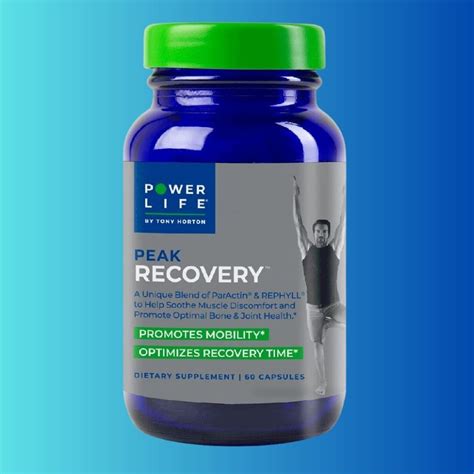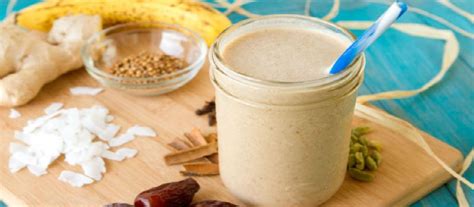Optimize recovery for peak strength gains and sustained performance?

The Crucial Role of Recovery in Peak Performance
Many athletes and fitness enthusiasts focus intently on their training, pushing limits and striving for new personal bests. While consistent effort in the gym is undoubtedly vital, the true secret to unlocking peak strength gains and sustaining high-level performance lies not just in how hard you train, but how effectively you recover. Recovery isn’t merely a passive state; it’s an active, multi-faceted process essential for muscle repair, hormonal balance, central nervous system rejuvenation, and overall physiological adaptation. Neglecting recovery can lead to plateaus, increased injury risk, and burnout, effectively undermining all your hard work.
Understanding and implementing effective recovery strategies is the game-changer that transforms effort into tangible results. It allows your body to adapt to the stress of training, grow stronger, and be ready to perform optimally in subsequent sessions.

Pillar 1: Prioritize Quality Sleep
Sleep is arguably the single most powerful recovery tool at your disposal. During deep sleep stages, your body releases growth hormone, crucial for muscle repair and growth. It’s also when your central nervous system (CNS) recovers from the stress of training. Insufficient or poor-quality sleep impairs physical and cognitive function, reduces pain threshold, and negatively impacts hormonal balance, all of which hinder strength gains and performance.
- Aim for 7-9 hours: Most adults need this range for optimal recovery.
- Establish a consistent schedule: Go to bed and wake up around the same time daily, even on weekends.
- Create a conducive environment: A dark, cool, and quiet room free from electronic distractions promotes better sleep quality.
Pillar 2: Fuel Your Body with Optimal Nutrition
What you eat plays a direct role in how well your body recovers and adapts. Post-workout nutrition, in particular, is critical for replenishing glycogen stores (energy), repairing muscle tissue, and reducing inflammation.
- Protein intake: Consume adequate protein (around 1.6-2.2g per kg of body weight) spread throughout the day to support muscle protein synthesis.
- Carbohydrates: Replenish glycogen stores, especially after intense workouts, by consuming complex carbohydrates.
- Healthy fats: Essential for hormone production and reducing inflammation.
- Micronutrients: Don’t overlook vitamins and minerals found in fruits, vegetables, and whole grains, which support countless recovery processes.

Pillar 3: Active Recovery and Mobility Work
While rest days are important, completely sedentary rest isn’t always the most effective strategy. Active recovery involves low-intensity activities that promote blood flow, help remove metabolic waste products, and improve flexibility without adding significant stress. This can aid in reducing muscle soreness and stiffness.
- Light cardio: Walking, cycling, or swimming at a low intensity for 20-30 minutes.
- Foam rolling and stretching: Improve tissue quality, increase range of motion, and reduce muscle tightness.
- Yoga or Pilates: Enhance flexibility, core strength, and body awareness, contributing to injury prevention.
Pillar 4: Hydration and Stress Management
Often underestimated, proper hydration is fundamental for every bodily function, including nutrient transport, temperature regulation, and joint lubrication. Dehydration can severely impede recovery and performance.
- Drink plenty of water: Aim for consistent water intake throughout the day, increasing it around workouts.
- Electrolytes: Consider electrolyte-rich drinks during or after intense, prolonged sessions to replace lost minerals.
Beyond the physical, mental and emotional stress significantly impacts recovery. Chronic stress elevates cortisol levels, which can hinder muscle growth and increase fat storage.
- Mindfulness and meditation: Techniques to calm the nervous system.
- Hobbies and social interaction: Engage in activities that bring joy and help you de-stress.
- Time off: Schedule deload weeks or complete rest periods to allow for full physical and mental rejuvenation.

Conclusion: Make Recovery a Non-Negotiable Part of Your Training
Optimizing recovery is not a luxury; it’s a fundamental component of any successful strength training or performance program. By strategically prioritizing quality sleep, fueling your body with nutrient-dense foods, incorporating active recovery and mobility work, staying well-hydrated, and effectively managing stress, you create the optimal environment for your body to adapt, grow, and perform at its absolute best. Embrace these recovery pillars, and you’ll not only see accelerated strength gains but also enjoy sustained performance and a reduced risk of injury for years to come. Your body works hard for you; give it the recovery it deserves.









